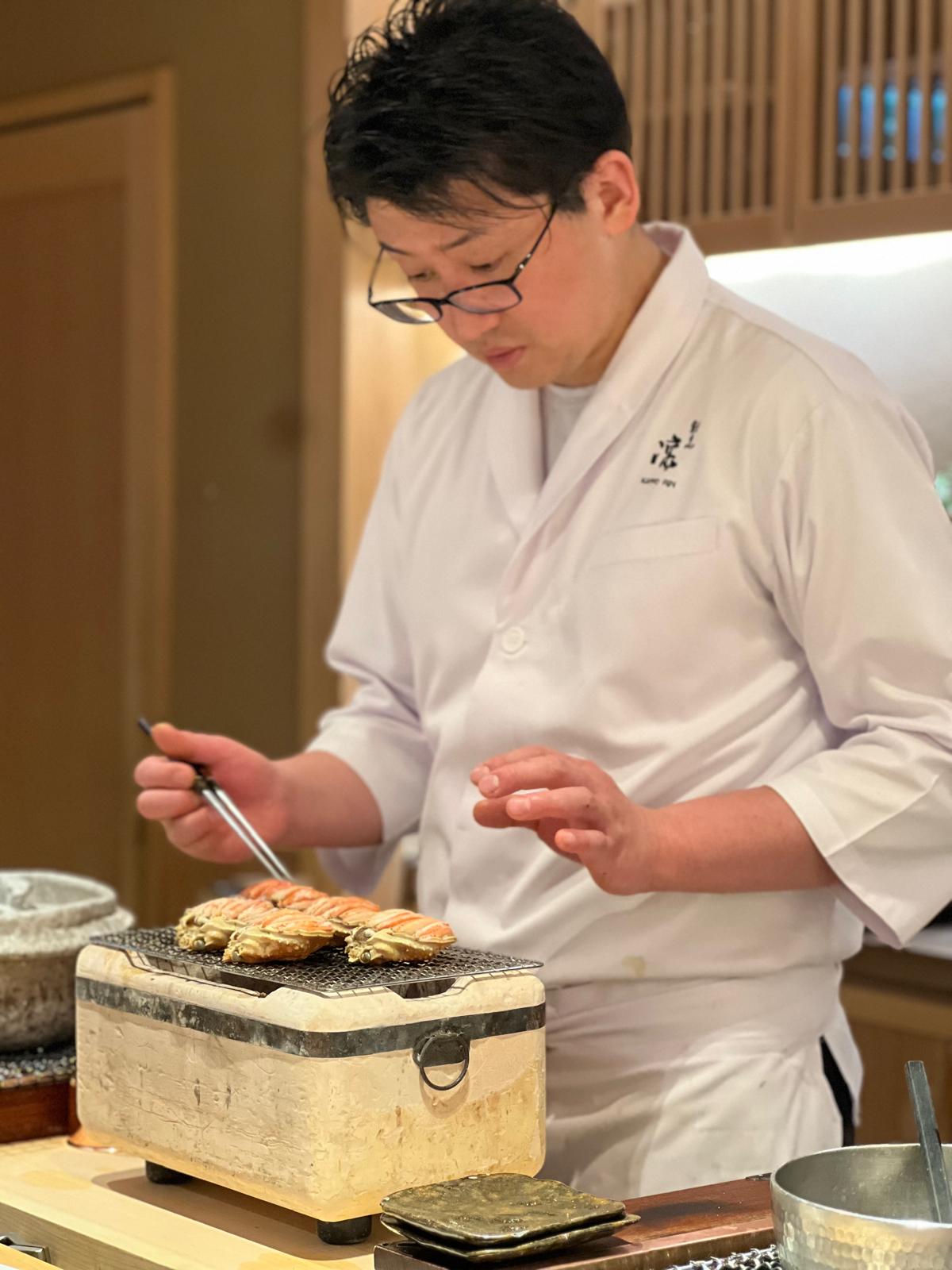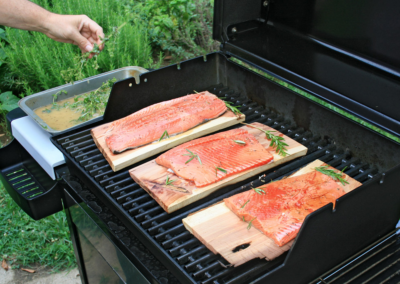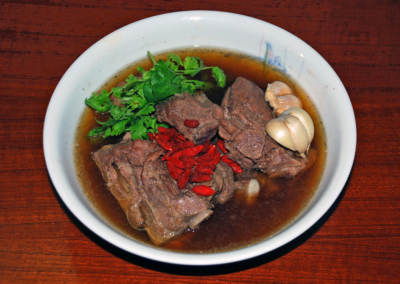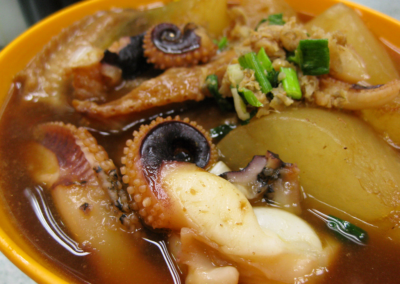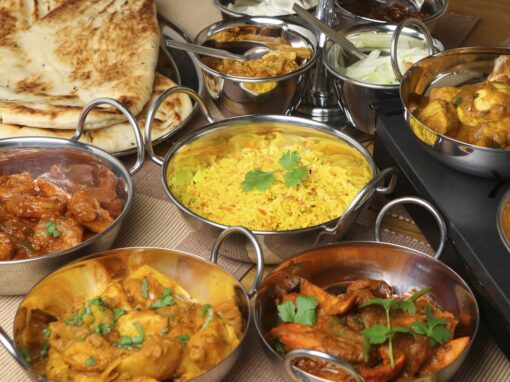Kaiseki is a traditional and exquisite culinary art form that originated in Japan. It is a multi-course dining experience that showcases the harmony of flavours, textures, and seasonal ingredients. This culinary tradition is deeply rooted in Japanese history, culture, and aesthetics.

The history of kaiseki can be traced back to the 16th century when it was originally served as a simple meal during tea ceremonies.
Over time, it evolved into an elaborate dining experience enjoyed by the nobility and samurai class.
Today, kaiseki has become a refined and respected culinary practice cherished by food enthusiasts and travellers all around the world.
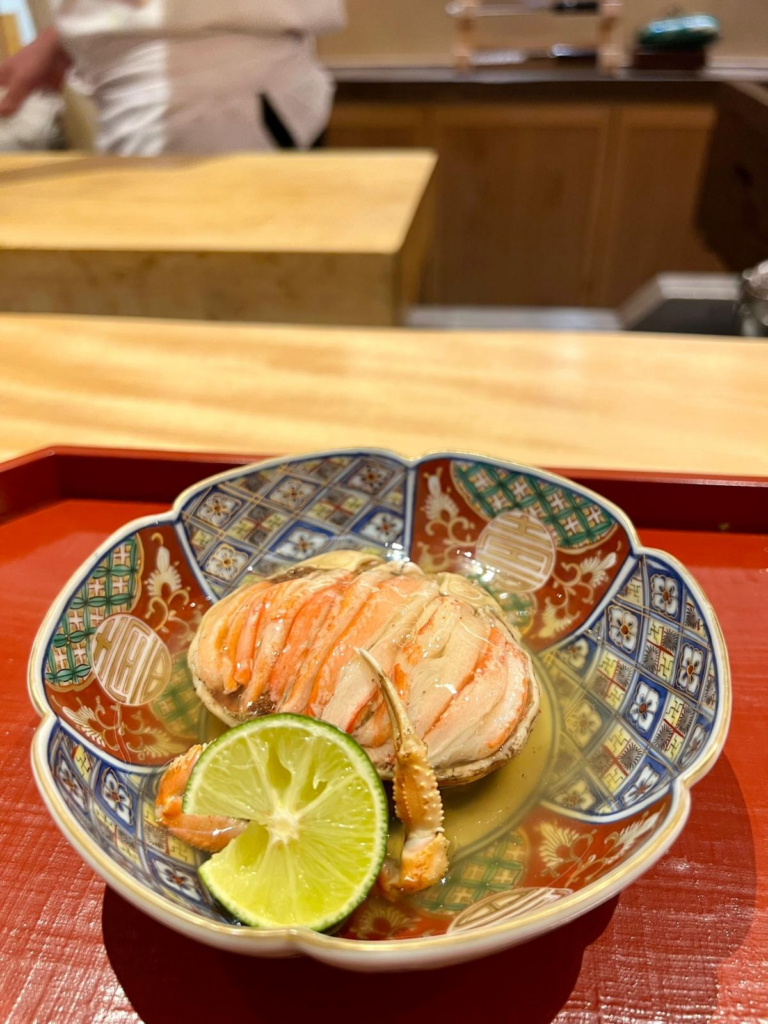
The key principle of kaiseki is the concept of “shun,” which means the use of seasonal ingredients when they are at their freshest and best.
The menu is thoughtfully designed to reflect the transitions of the seasons, incorporating ingredients like fresh seafood, vegetables, and regional specialties.
This emphasis on seasonality ensures that each dish is a celebration of nature’s harvest.
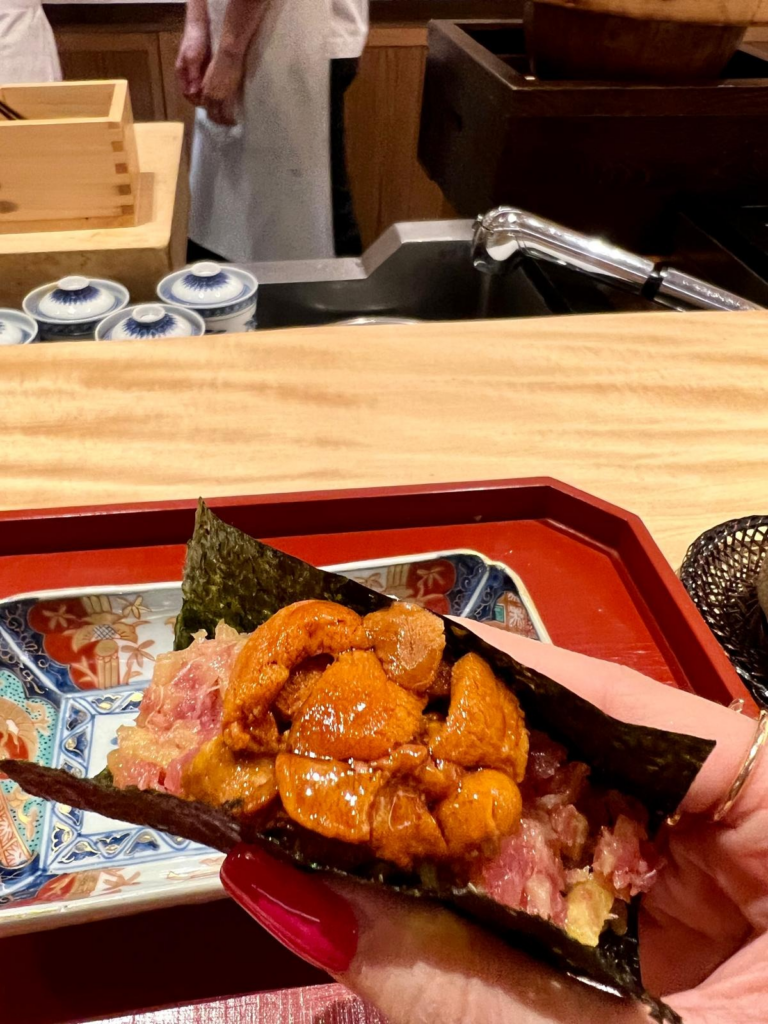
Kaiseki is not just about the food, It is a complete experience that involves all of your senses.
The presentation of each dish is meticulously arranged, often resembling a beautiful work of art.
The colours, textures, and arrangement on the plate are carefully considered to create an attractive and visually pleasing composition.

Kaiseki also incorporates the elements of balance and harmony.
The menu is thoughtfully crafted to provide a variety of flavours, from delicate and subtle to bold and robust.
Each course is served in a specific order to create a harmonious flow of tastes and textures, ensuring a well-rounded and fulfilling dining experience.
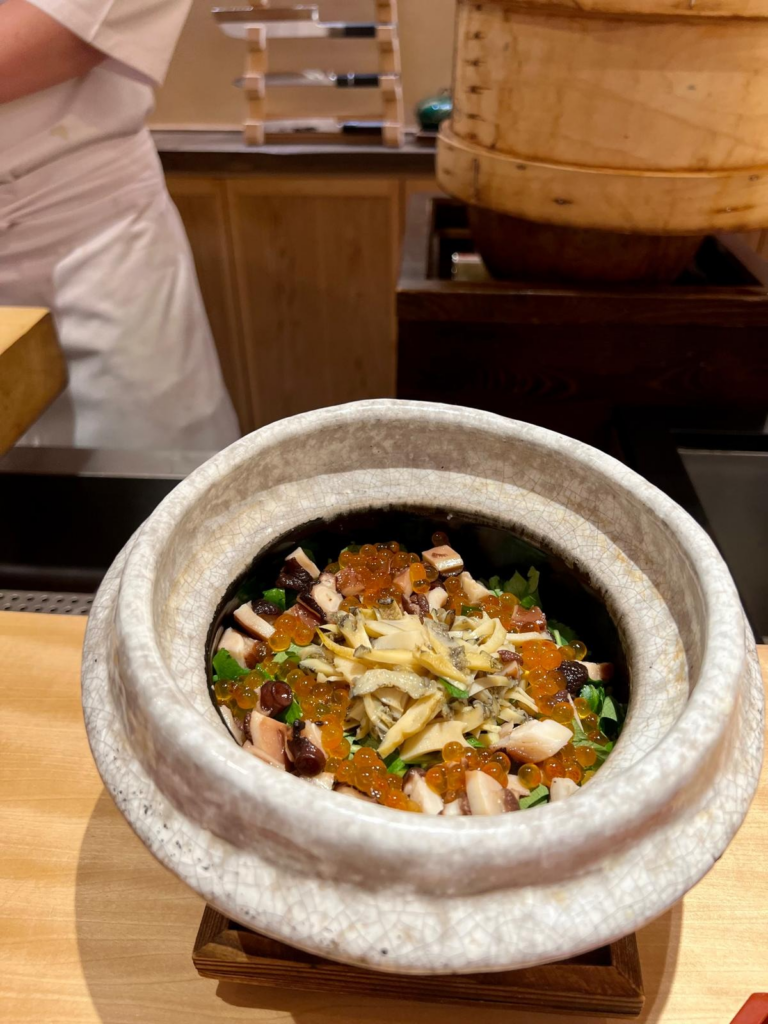
Beyond the culinary aspect, kaiseki is deeply intertwined with Japanese culture and hospitality.
The concept of omotenashi, which means the spirit of wholehearted hospitality and exceptional customer service, is the key to the kaiseki experience.
From the moment guests enter the traditional tatami room (a traditional Japanese-style room with flooring made of woven straw mats called tatami mats) to the attentive service throughout the meal, every detail is well designed to create a memorable and immersive dining experience.
Today, kaiseki is not limited to high-end restaurants but can also be enjoyed in ryokans (traditional Japanese inns) and specialised kaiseki establishments.
It offers travellers an opportunity into the rich culinary heritage of Japan, allowing them to indulge in the flavours of the season while immersing themselves in the country’s culture and traditions.
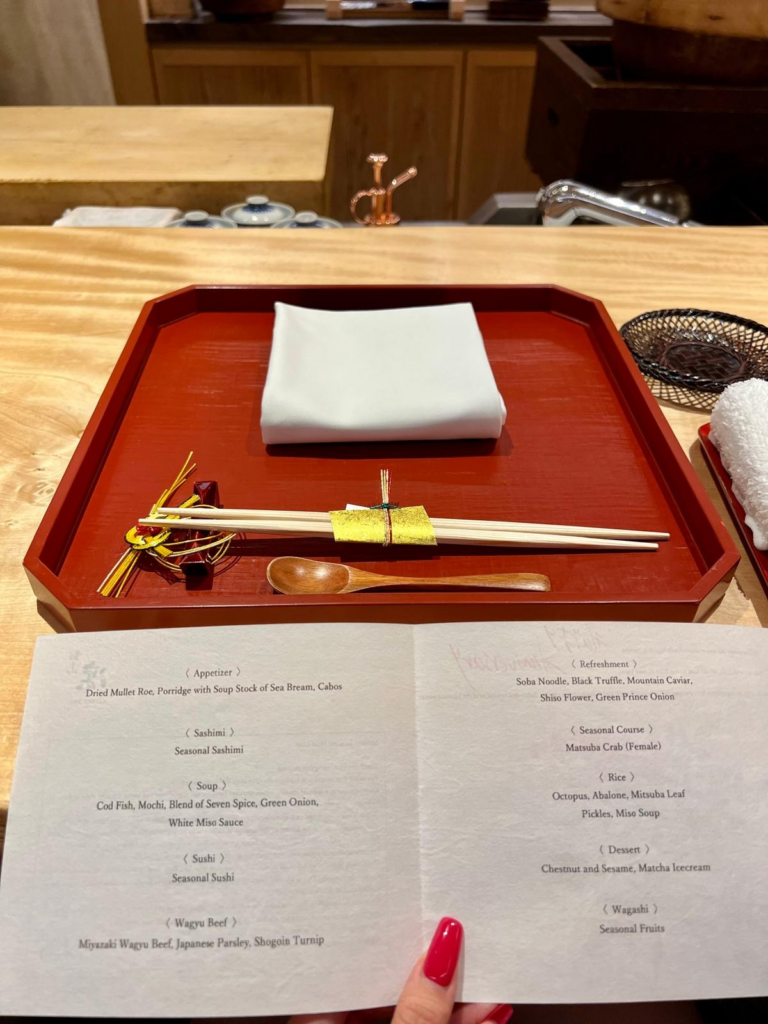
Kappo Rin – Japanese Kaiseki Restaurant in Central The Landmark Oriental, Hong Kong
All in all, kaiseki is a culinary art form that beautifully encapsulates Japan’s history, food culture, and aesthetic principles.
It welcomes travellers to go on a sensory adventure, where every dish has a story and each bite showcases the meticulous skill and gratitude for the gifts of nature.


